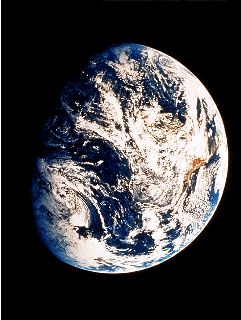This is an image of the Earth.
Click on image for full size
NASA
The Cooling of Earth
Planets cool off for many different reasons.
When Earth formed, it became relatively large and warm. Earth also contains many warming elements, so it has not cooled as rapidly as some other planets.
Earth has had a long a complicated cooling history. An understanding of the Earth's history might begin with the record of geologic time.
You might also be interested in:
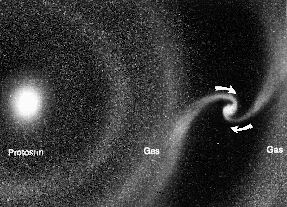
As shown in this picture, while they were forming in the solar nebula, the core of the planets-to-be drew material to themselves from the cloud of gas and dust around them. The bigger planets-to-be were
...more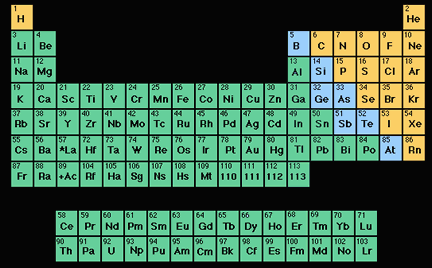
An element (also called a "chemical element") is a substance made up entirely of atoms having the same atomic number; that is, all of the atoms have the same number of protons. Hydrogen, helium, oxygen,
...more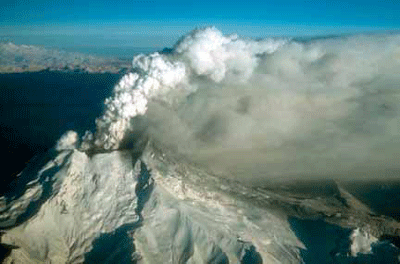
Ash is formed as a volcano erupts when rocks made by the volcano blow apart into millions of tiny pieces. The rocks are still very hot, because they just formed from lava. If the hot rocks come into contact
...more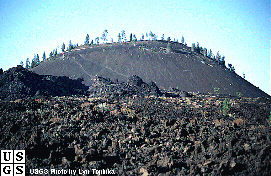
Cinder cones are simple volcanoes which have a cone shape and are not very big. Compare the size of this volcano to the strato-volcano in this image. They are usually made of piles of lava, not ash. During
...more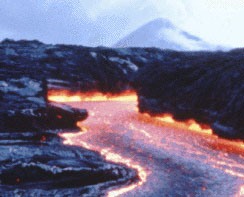
Lava can move in two ways, wide flat lava flows, or through channels which squeeze the lava into a small area. The fastest lava flows move at about 6 mi/hr, an easy jog, but they average between 2/3 and
...more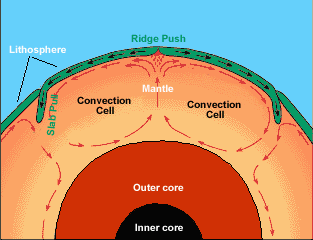
Plates at our planet’s surface move because heat in the Earth’s core causes molten rock in the mantle layer to flow. We used to think the Earth’s plates just surfed on top of the moving mantle, but now
...more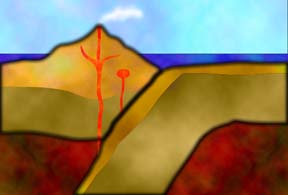
Many kinds of surface features are clues to a sliding lithosphere. Two types of features can form when plates move apart. At ocean ridges, the crust splits apart to make room for molten mantle rock. Continental
...more


